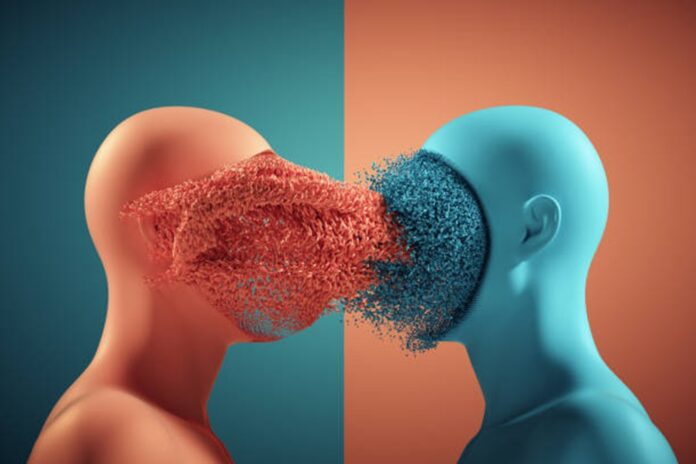AI-powered face swapping is one of the more interesting and unique use cases of artificial intelligence technology. This piece of software allows a person to face swap with those of other people in a photo or video.
Technology has become both a means of entertainment for the average person and a tool of professional use in many commercial enterprises. It has made possible things never before thought possible in many industries.
So today, let’s discuss AI face swap technology, and its many use cases.
How Face Swap Works
As stated, face swap tools work off of an artificial intelligence-based technology, which is referred to as deep learning. This as you can tell is more or less the same technology that deep fake systems work on, with only minor differences, if any.
First, the tool uses facial recognition technology to accurately detect and identify a face inside of an image or camera frame. It can do this by detecting basic characteristics that make up a face including the eyes, nose, mouth, and so on.
Then, the artificial intelligence allows the system to be able to accurately map the facial features and landmarks in a digital form, thus recreating the face in a way that it can both accurately analyze and manipulate. The tools rely on a large amount of training data, which is a wide variety of people of different demographics, skin tones, colors, and so on, to be able to learn and understand how to deal with and manipulate facial features on a face.
Subsequently, the software swaps the face in a video or photo with the scanned face in a way that natural facial manipulation and movement are maintained. How realistic the swap is depends on how advanced and high quality the software is (naturally professional use software is more advanced than than an AI face swap online).
The Use Cases of AI Face Swapping
You might be surprised at the number of different industries that have and can use face swapping as an effective tool. Here are just a few examples of such use cases of this tech:
Entertainment Industry
You might have already guessed but this tool can be used to great cinematic effects in movies and TV shows to create compelling visual effects. The advent of this technology has allowed filmmakers to be able to more realistically digitally reduce the age of actors in a film (known as de-aging). While the quality varies from media to media because of it being a newer piece of tech, the results even now are arguably much more realistic than the practical effects of the films of previous decades.
The technology has already been used for many years to replace the faces of stunt doubles with the faces of the actors they are doubling for. This allows for greater freedom in action flicks and TV shows to be able to show characters performing more real-looking stunts, without any risk of harm to the actor themselves.
There are other minor uses as well including using it for a person to be able to play multiple roles or twins in a movie. In some recent instances, filmmakers have also used this tech to bring back deceased actors to life for a few scenes in a sequel.
Social Media
One of the most well-known uses of AI face swap online is the filters that are commonly found on many social media apps like Snapchat and Instagram. These are smaller-scale and less technically advanced versions of face-swapping technology for entertainment purposes. For the majority of people, this form of AI face swap online is the version of the tech that most people are probably aware of.
Many content creators also use this tool creatively to make entertaining videos playing certain characters and so on to boost engagement and interaction with their followers in a unique way. In this way, social media has become the main mechanism for the increase in awareness in the general public and the popularity of this technology.
Gaming
The modern gaming world has effectively utilized AI face swapping to create more immersive experiences in video games, particularly in virtual reality technology. Here face swapping is used to create realistic avatars inside of virtual environments that use the actual faces of the user on them, making for a more realistic seeming experience.
This is particularly used effectively in ‘social’ games where the goal is to have virtual environments where players can interact socially with one another, much like a cafe or other social establishment in the real world, actual human faces allow for better connection between individuals in a virtual world.
Conclusion
While most people are only aware of the very basic use case of social media filters, face-swapping has become quite an advanced and useful tool, enhancing experiences in many different industries and environments.

